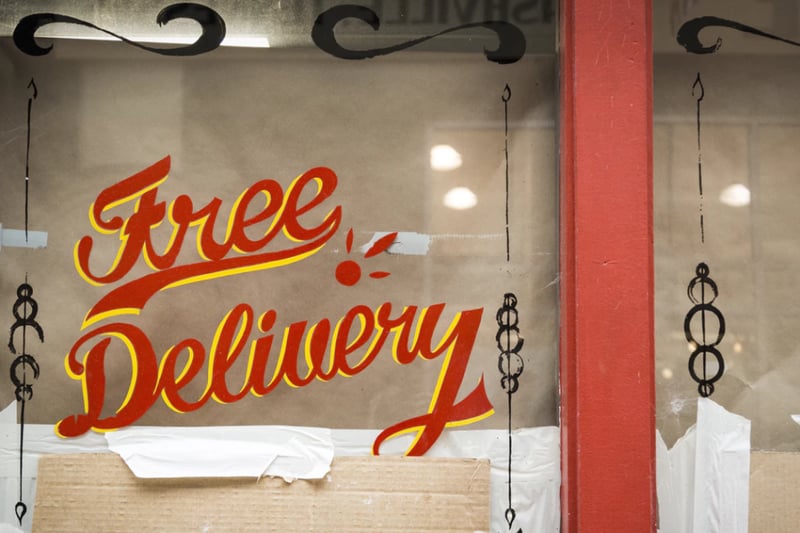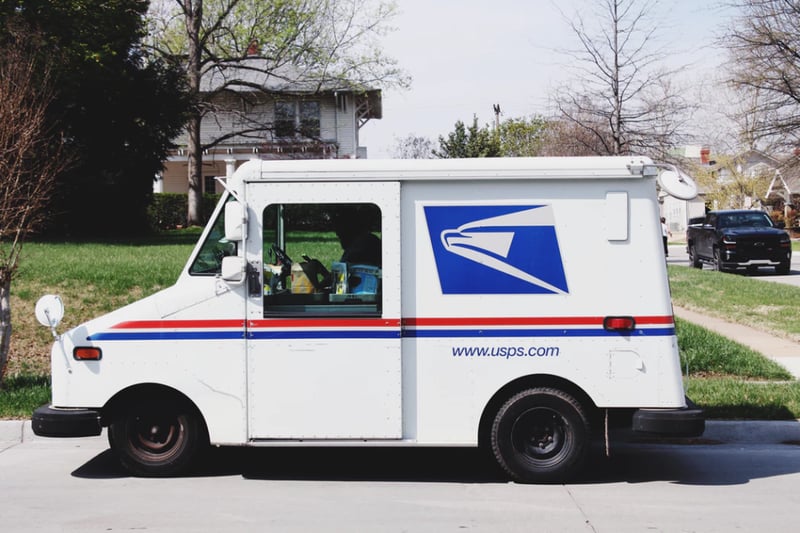
An abandoned cart in eCommerce is worse than a rusty old shopping cart in the middle of a parking lot. When you’re selling online, someone adding items to their cart and then exiting without making a purchase represents lost revenue, flaws in your conversion strategy, and could even signal poor UX.
However, if your online store is facing high levels of cart abandonment, you’re not alone. According to The Baymard Institute, 69.89% of carts are abandoned -- that’s more than half the shoppers you worked hard to get onto your listings.
Increasing conversions is important for your revenue, but decreasing cart abandonment is necessary for protecting the leads you worked hard to gain.
Some reasons for cart abandonment include high extra costs (shipping, taxes), the need to create an account before purchase, a complicated or long checkout process, lack of total cost, and a website that didn’t work.
Some of these you can fix with some tweaks to your website, but others are a little harder to tackle. Technical issues, like website errors or crashes, can be dealt with quickly and efficiently by a good programmer, but psychological triggers can be more complicated.
Here are some ways psychology can help you reduce cart abandonment.
1) Offer free, transparent shipping

(Source)
Shipping and other related costs are a big factor in why carts get abandoned. Part of it is because no one appreciates being surprised by additional costs. Customers may also not fully understand how shipping costs are calculated, and could be wary of overpaying for shipping.
Free is better than nothing, which sounds like common sense. Duke Professor Dan Ariely found in a study of 398 students, the majority preferred taking a free chocolate rather than one which is sold at a great discount. Since unexpected shipping costs are the largest contributor to shopping cart abandonment, then eCommerce sellers should always offer free shipping options.
Although you may not be able to afford outright free shipping taken out of your margins, you can build your shipping prices into your item price. Another option is to offer free shipping on orders over a certain amount.
If you’d like to calculate how much fulfillment will cost you, visit our Cost Calculator to find rates for fulfillment through multi-channel FBA, a typical 3PL, and Deliverr.
2) Ensure fast delivery

(Source)
Fast shipping is an excellent option to reduce buyers’ fears. If you can assure your shoppers they will get items by a certain date, they will be more likely to purchase and less likely to abandon their items. Fast shipping programs tap into our desire for instant gratification, reducing fears and promising endorphins as soon as possible.
We’ve seen sellers double their conversions on Walmart after activating Walmart Free 2-Day Delivery, and boost their sales by up to 112% on eBay Guaranteed Delivery.
Fast delivery isn’t just great for consumers, it’s something that marketplaces are pushing as well. We did an analysis of the Walmart website after they redesigned, and found that they prioritize items with their fast shipping tag, even if shoppers didn’t select the filter for it.
3) Encourage follow-through in 3 steps
A strong follow-through process is great for turning browsers into shoppers, and avoiding cart abandonment.
B.J. Fogg’s Fogg Behavior Model states there are three essential elements to achieving successful follow-through:
- Motivation
- Ability
- Trigger
Cart abandonment usually results when one or more of these elements is missing. To motivate buyers to push through with their purchases, include accurate and detailed product descriptions, beautiful photos, and a wide collection of reviews.
Give users the ability to purchase by ensuring accurate and real-time inventory updates, competitive prices, and affordable (ideally free), fast shipping.
Seal the deal with triggers like sales, coupons, and time-sensitive promotional offers to make your products more enticing.
One interesting example of a company that does this is called ShopMessage. They integrate directly with Facebook Messenger, and allow personalized sequences based on the actions your shoppers take. For example, you can show images of the products they viewed, suggest similar pieces, or offer discounts. The app also allows customers to “Add to Cart” with the click of a button, which is great for mobile users.
4) Apply color psychology
People are visual beings. We are drawn to images and color, and color psychology can play an important role in online shopping decisions. But in order to effectively apply color psychology, you have to understand that colors mean different things to different cultures.
In our tips below, we’ll be going off of the Western culture associations, where red gives a sense of urgency, blue inspires trust, loyalty and a sense of security, black represents luxury and sophistication, and purple implies wealth.
Here are some ways to apply color psychology on your site:
- Draw attention to sales and promotional offers by using bright, impulse-buy colors like red and orange to create a sense of urgency.
- Refine your CTA buttons by using color and contrast to ensure that they stand out on the page.
- Create a sense of trust by using blue in places like checkout and personal information pages. This will help reassure customers that they are dealing with a reputable company.
5) Eliminate choice paralysis

(Source)
Choice paralysis occurs when someone is faced with too many choices, and end up not choosing anything. Online shoppers are bombarded with choices, and too many choices can lead to confusion and ultimately cart abandonment. If you don’t know what to choose, you may end up choosing nothing at all.
Although color variations, size, and other choices are good for eCommerce sales, it’s important to help direct your shoppers as well. For example, if you have 6 color choices, highlight 2 as your “most popular colors” and keep them featured.
6) Cross-sell to anchor a buyer’s choice
Upselling and cross-selling helps to anchor your buyers on an item, then sell them something related or slightly better for a small extra investment.
To cross-sell successfully, you need to tap into the emotional desires of shoppers to have something better, so you can convince them to proceed with purchase, even at higher prices.
7) Utilize retargeting campaigns
Shopping cart abandonment is so common that you shouldn’t discount them as lost sales, but instead count it as another step in your sales process.
In fact, 99% of customers won’t buy on the first visit, but 75% will return and buy later. This means that you need to view cart abandonment as a lead that can be actively pursued. Retarget customers through a strategic AdWords campaign and placement targeting.
In your retargeting campaigns, highlight:
- Customer Service: Good customer service is a huge selling point for buyers, and will help encourage them to go back and make a purchase.
- Promotions and Offers: Retargeting campaigns are the perfect opportunity to provide that extra needed push to go back and make a purchase. Offer incentives such as free goodies or promo codes.
8) Account for busy schedules with email reminders

(Source)
Abandoned cart emails act as a series of reminders to customers who have initiated the checkout sequence but failed to buy anything. Sending emails after a cart abandonment has the potential to recapture 29% of would-be-missed sales. Setting up an automated email to go out once someone exits mid-purchase is a great way to automate recaptures and reminders.
In order to set this up, remember to ask for your shoppers’ email addresses.
There are typically 3 emails;
- The first is sent within hours, and lets the shopper know their items are still in their cart.
- The second email is typically sent the next day, and can offer a time-sensitive discount.
- The final email will remind customers that their coupon or discount is about to expire, and ask for the purchase once more.
9) Make things as convenient as possible
Another potential stumbling block is the checkout process. Convenience is a big part of online shopping and if your checkout process is too complicated, you will lose customers. Ensuring your items don’t go out of stock, and your website UX is seamless will help to create an image of brand professionalism and inspire trust.
Shopping cart abandonment is inevitable in eCommerce, and you won’t be able to get 100% conversion rate, 100% of the time. But that does not mean you should ignore abandoned carts. Find effective ways to reduce cart abandonment and turn those empty carts into sales.





Leave a reply or comment below